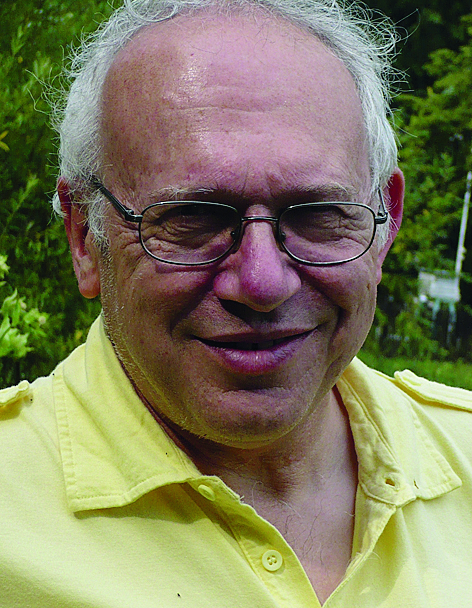COMPOSERS: Robert Schumann
LABELS: Audite
ALBUM TITLE: Schumann
WORKS: Vol. 4: Piano Concerto; Violin Concerto; Vol. 5: Fantasie in C, Op. 131; Konzertstück for four horns, Op 86; Introduction and Allegro, Op. 134; Introduction & Allegro appassionato in G, Op. 92
PERFORMER: Vol. 4: Patricia Kopatchinskaja (violin), Dénes Várjon (piano); WDR Sinfonieorchester/Heinz Holliger; Vol. 5: Patricia Kopatchinskaja (violin), Alexander Lonquich (piano); WDR-Sinfonieorchester/Heinz Holliger
CATALOGUE NO: Vol. 4: Audite AUDITE 97.717; Vol. 5: Audite AUDITE 97.718
Patricia Kopatchinskaja is typically bold and provocative in Schumann’s Violin Concerto. Largely eschewing the full-blooded sonorities favoured by other soloists, she peppers the fiery passagework in the first movement with harsh accents, and produces a dogged and relentless tone in much of the Polonaise Finale. At the opposite end of the dynamic spectrum, lyrical phrases tail off to an almost inaudible whisper, and in the middle section of the first movement the tempo is so stretched that time almost seems to stand still. Some might find her approach too schizophrenic even for a composition that purportedly straddles the borderlines between sanity and madness. Where it works really well is in the slow movement, Kopatchinskaja exposing the fragility of Schumann’s writing with heart-rending sensitivity.
Heinz Holliger and the WDR Sinfonieorchester are responsive partners both in the Violin Concerto and its far less problematic counterpart for piano. This latter work is presented in a relatively straightforward manner by Dénes Várjon, who emphasises its playfulness and lightness of touch, especially in the slow movement and Finale.
Holliger is particularly good at bringing out light and shade in Schumann’s orchestration and highlighting inner details. This clarity of texture is evident throughout the two Konzertstücke for piano Op. 92 and Op. 134, where Holliger matches Alexander Lonquich’s muscular tone with powerfully driven orchestral tuttis. The Konzertstücke for four horns, magnificently executed by the orchestra’s principals, also benefits from Holliger’s insights, the irresistible exuberance of the outer movements contrasting with the mellifluous expressiveness achieved in the central Romanze. Less convincing is the Fantasie for violin and orchestra, composed in the same year as the Violin Concerto but less exalted. Kopatchinskaja shows considerable charismatic imagination in projecting the rustic features of the faster section, but makes a few slips of intonation.
Erik Levi

